Who is a leaf roll and how to deal with it?

The summer season in many summer cottages begins with pests that eat cultivated plants. These include the leafworms belonging to the butterfly family. The caterpillar is one of the life stages. It is at this stage that the insect brings troubles to summer residents.
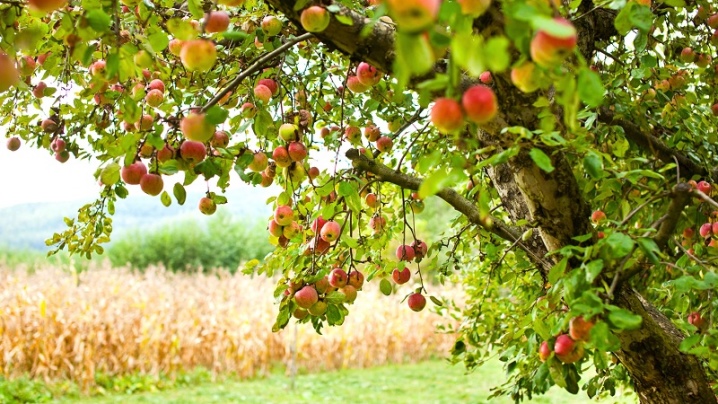
Types and description of the pest
In nature, out of the entire family of leafworms, only two genera are the most tenacious and widespread: moths and shoots. As you might guess from the name, the first genus feeds mainly on the leaves of fruit trees or shrubs. The second one lives on the shoots of mainly coniferous trees. Other varieties are less common, although they can feed on the entire plant, from underground roots to aerial leaves and stems.
For summer cottages, it is the moths that cause the greatest problems. In turn, this genus also has a division into many different species. They differ in their habitat and their main food. They have some differences in appearance, but there are some features that are common to all.
So, leafworm caterpillars are not very large insects. Their length varies from 10 to 20 mm, the body color can be green or dark yellow, and the head is brown or black.
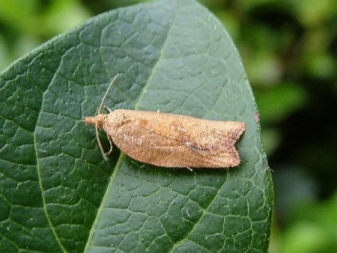
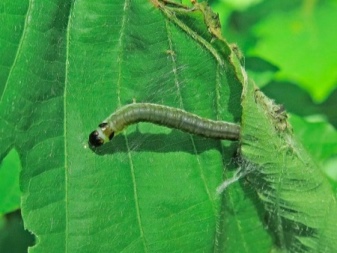
Leafworm on apple tree
The apple tree is a fruit tree, it is very loved by this pest. A large number of different leafworm caterpillars can live on it.
- Kidney leaflet. In another way, it is called vertunya. Its larva is quite small - only 9-11 mm. Body color can be gray and brown, or a mixture of both. The head is mostly black, like the chest. In addition to the apple tree, it lives on many other fruit trees such as pear, apricot, cherry, etc.
- A bunch of leaflets. It got its name because of its habitat. As a rule, it is found on bush plants, the fruits of which grow in bunches. But the caterpillar of such a butterfly does not mind eating the leaves of an apple tree either. Its body is about 11 mm long. The coloring is predominantly yellow, often with gray shades, and the head color is light brown.
- Eastern moth... One of the most dangerous caterpillars for the harvest. She differs from others in that the color of her body is very light: it can be white, beige and slightly pinkish. The head and chest compartment stand out on it. Their color is dark, often just black. Such a caterpillar lives not only on an apple tree, but also on a peach and a pear.
- Hawthorn leafworm. The larva of this butterfly settles not only on summer cottage trees - apple, plum, cherry - but also on wild forest trees, such as maple, oak, linden. This species has a great variety of body colors. They range in shades of black and gray. So, the color can be either light gray or completely black. And the dimensions of this caterpillar are on average 22 mm in length, which is quite a lot.
- Apple leaflet. Its other name is apple moth. She received it precisely for what is most often found on apple trees. However, this insect can also feed on pear leaves, and sometimes it can even be found on birch. One of the features of this leafworm is its addiction to the sweetest varieties of apples and pears. On trees with sour fruits, it is less common. You can recognize it by the characteristic points on the yellow-green body. Moreover, each such point is a small bristle.The head is usually brown.
Such caterpillars are most often found on the leaves of the apple tree. In addition to them, you can find other species, for example, plum, currant, etc. But, of course, the main pest of apple trees from all types of leafworm is the codling moth.
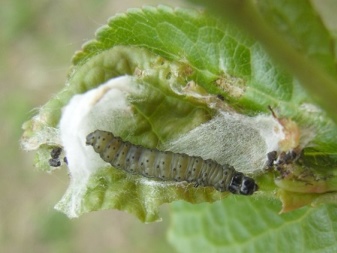

Leafwig on a pear
The pear, like the apple tree, is a very common habitat for leafworm caterpillars. Because of this, they have common pests that are found on the leaves of one and the other tree. However, the pear also has its own caterpillars, which live mainly on it.
- Pear leaflet. It is a kind of analogue of the apple moth. Butterflies lay their eggs inside the fruit, and their choice mostly falls on summer varieties. It's all about the thin skin of summer fruits, which makes it easier for butterflies to leave clutches there. The caterpillar grows, feeding on a pear, after which it crawls out, and leaves the fruit to dry out. In appearance, this leaflet does not stand out very much. Its body length can reach 11 mm, and its color is mainly white, but not very bright. The head is usually dark or brownish yellow.
- Oak leaf roll. Despite the fact that the name speaks of an oak-shaped habitat, such a leafworm is often found on a pear. Thanks to its color, it received another name - green leaflet. The head is dark, and the body length does not exceed 18 mm.
Often, these pests damage the young shoots of the pear tree - the buds. This happens in the spring, and if no measures are taken, the gardener may be left without a crop for a whole year.
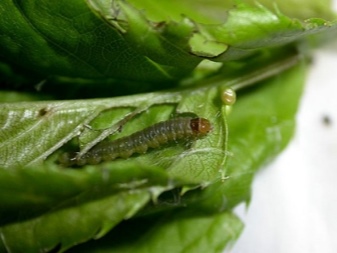

Plum roll
Plum is a favorable place for many types of leafworms. It is home to most of the pests inherent in pear and apple trees. In addition to them, there are two more species that can also be found on this fruit tree.
- Plum leaf roll. Concurrently, it is also a moth, that is, it lives in fruits. The caterpillar lives off the nutrients of the plum, eating, as a rule, the pulp in ripe fruits and the bone in young ones. The body length ranges from 12 to 15 mm, and the color changes during its growth from white to pinkish or red.
- Fruit leafworm. An unremarkable species that lives not only on the plum, but also on various shrubs. However, the body size of this caterpillar is quite large - it can reach 20 mm. Color - one of the shades of green, such as olive or dark green.

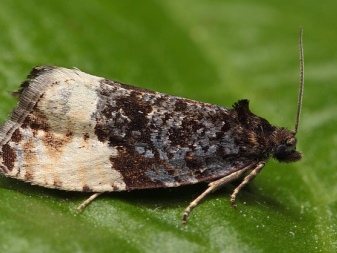
Apricot and peach leafworm
Apricot and peach are less common throughout Russia and Europe, but are often found in areas with a favorable climate. These trees do not have any pests inherent only to them. However, they are still amazed by the leaf roll. These are mainly apple, pear and plum leafworms, but sometimes grape or currant ones are also found.
Leafworm on grapes
Not only are trees home to pests, but shrubs too. Among them there are grapes, and in addition to the common grape leafworm, grape and biennials can settle on it.
- Grape leafworm... Its main feature is the long length of mature caterpillars - it can reach 3 cm. They live on grapes, feeding first on the buds, and then, after growing a little, on the leaves. Of the external signs, a gray-green color of the body and a brown head can be noted.
- Two-year leaflet. Distributed throughout the continent. It eats not only fruit bushes, including grapes, but also fodder plants. In them, the caterpillar feeds on buds and flowers, thereby damaging them. The body color of the adult larva is red with purple flashes, and the color of the head and thorax is black or brown. Its dimensions reach 15 mm in length.
Pests of this type create shelters for themselves in the leaves of the bush, wrapping them in a tube. If you disturb a caterpillar resting in such a house, you can see how it will briskly begin to descend along the cobweb to the ground.
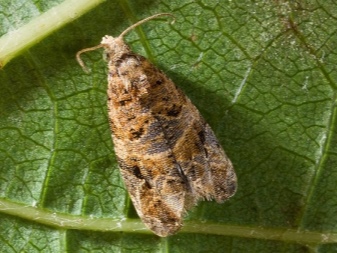
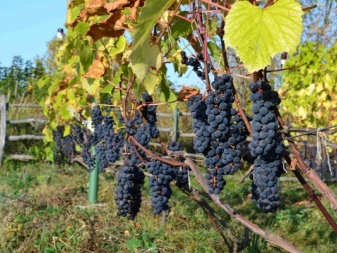
Currant leafworm
The main pest is the currant or currant leafworm. The caterpillar of this butterfly in its behavior is very similar to grape pests. She also eats the buds and leaves of the plant, while creating their shelters in them. Its length ranges from 16 to 20 mm, and its color is green, with shades of yellow or gray. This leafworm has a very high fertility, therefore, the larvae of this insect often cause great damage to gardeners.
Raspberry leafworms
In general, raspberries are less prone to damage from leaf rollers. This is especially noticeable when compared with currants or grapes. But still, the larvae of these insects are present on this plant. The following species are mainly found on raspberries.
- Frozen leafworm. It can be found on an apple tree, a pear, and a raspberry. Its larva has no special differences, but its color is remarkable: the body itself is light green, but there is a pair of even lighter stripes on the back. Its size is about 16 mm.
- Mesh leafworm. Its larva is a fairly large insect, since it reaches more than 2 cm in length. The color of the caterpillar can vary greatly in different individuals. It is mainly represented by green, the shades of which can be either light or dark. In addition to raspberries, this insect is found on other shrubs, as well as on fruit trees.
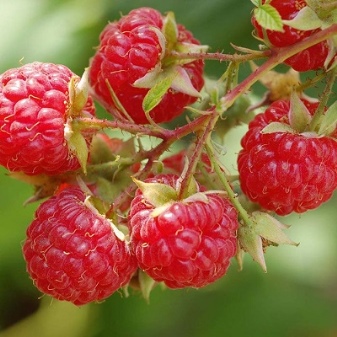
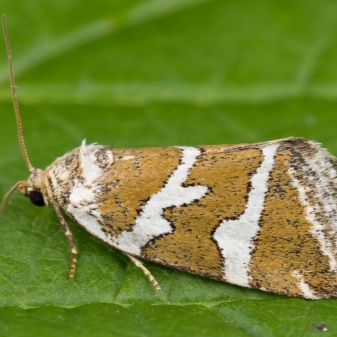
Leafworm on roses
The settlement of leafworms is possible not only on fruit plants, but also on flowering plants. These include roses, on whose leaves caterpillars can often be seen. Basically it is a rosé variety. The caterpillar of this insect is quite common on a huge number of fruit trees and shrubs, as well as on ornamental plants. Usually her body is green, and sizes vary from 18 to 20 mm. She eats in the plant not only buds and leaves, but also buds. At maturity, the larva begins to curl into leaves, like pests of grapes and currants.
Leafworm on other plants
Caterpillars can also be found on tomatoes. Typically, they are called tomato scoops. The size of the caterpillar reaches 3 cm, from which it follows that this is one of the largest larvae in the genus. She looks quite intimidating. They harm both the leaves of the plant and the tomatoes themselves. On coniferous trees sometimes larch leafworms can be seen. They feed on the needles themselves, and sometimes the insides of the cones are added to their diet.
Pests of deciduous trees, such as oak, include the green oak leafworm. It settles practically only on oak and can reach a length of 2 cm. On the maple, there is a pest of the same name, which lives only on this tree. Sweet cherry is damaged by a subcrustal species, which can also be found on apple, pear and sometimes plum. Cereals, such as wheat or rye, are damaged by the pest of the same name. Marsh owls and strawberry leafworms feed on strawberries.


Signs of occurrence
The presence of pest caterpillars can be understood by the presence of characteristic signs of plant change.
- On the leaves begin to appear unnatural stains... This is due to damage to the vessels of plants by insects.
- Drying of leaves, fruits, flowers. Typically, the larva feeds on one or more parts of the plant. This leads to the fact that sooner or later what insects feed on begins to die off and dry out.
- The appearance of a certain cobweb on a plant - a clear sign of the presence of leafworm caterpillars. The cobweb helps the larvae move more conveniently through the plant, create shelters and pupate.
- Folding the leaves. The consequence of the fact that the caterpillars create "houses" for themselves by twisting into leaves.
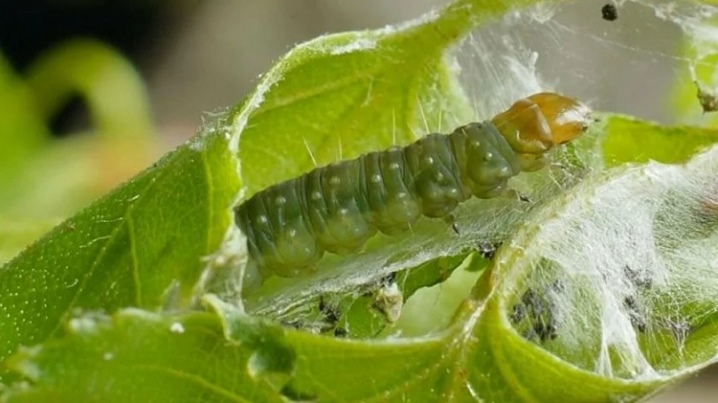
Control methods
After the gardener is finally convinced that insect pests have started in his garden, he should take measures to remove them.Moreover, it is better to do this as early as possible. This is due to the fact that larvae are easier to destroy than butterflies. There are many methods of dealing with them.
To summarize, all methods can be combined into four groups: biological, chemical, mechanical and folk.
Chemical
This method consists in using a poison based on pesticides. For the most part, they are purchased, since their manufacture requires such chemical elements that are difficult for an ordinary person to get. All drugs are divided into systemic and contact. The essence of contact means is the relative safety of their use. This means that by using such drugs to get rid of the leaf rollers, a person is not at any risk.
However, their effectiveness is rather low. Contact means are suitable in cases where there are not very many pests on the site. Systemic drugs are a kind of "heavy artillery". They are very effective, the result of their work is especially clearly visible when the number of leaflets is high. But their main disadvantage is the high danger of use. They are toxic not only to insects, but also to humans.
The cost of systemic chemicals is usually higher than the cost of contact.

The most popular are contact medications from the following manufacturers:
- "Alatar";
- "Karbofos";
- Dursban;
- "Atom";
- Aktara;
- Actellik.
Leafworms are quite tenacious insects, therefore, to exterminate them with the above means, you will have to wait a while. Moreover, it is worth using them several times with a pause of 1 or 1.5 weeks.
Plants can be treated with the following systemic chemicals:
- Ivanhoe;
- Alfatsin;
- Fatrin;
- "Fastak";
- "Chord".
They are able to remove any kind of leaf rollers, but they should be used with great care, since they are very toxic to humans. Treat with pesticides should exactly according to the instructions, however, for the most part, they are capable of exterminating insects not only in spring, but also in summer and autumn.
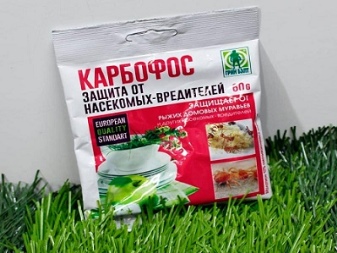
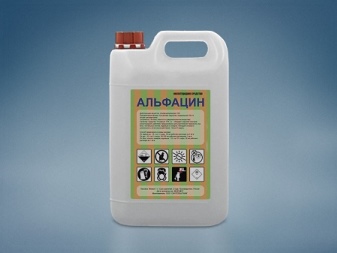
Biological
You can fight insects with the help of those who feed on them in nature. These can be ordinary birds. For leafworms, the titmouse will be the most unpleasant enemy. She eats not only caterpillars, but also butterflies. The best way to attract birds to your area is feeders. It is worth making and hanging them in the fall - then there is a great chance that in the spring it will be possible to notice the result of this method. However, biological methods have a drawback - birds can eat part of the crop together with insects. Therefore, in acting in this way, you need to be careful and not overdo it.
Folk
The problem of the presence of pests in the gardens appeared long ago, but modern solutions - recently. Because of this, people now have vast experience in the fight against leaf rollers using folk remedies. Their distinctive feature is that these methods are mostly safe for humans and plants. You can also note their cheapness - the substances from which the poisons are made, often do not even need to be bought.
So, here are some effective do-it-yourself decoctions.
- Wormwood decoction... To prepare it, you will need dried wormwood and water. Instead of the dry version, you can also use fresh grass, but in this case, it should be well chopped. This ingredient is added to water and infused for several days. After that, the broth is boiled for about 30 minutes. With the help of water, the volume of the product is brought to the original, and before use, it is again diluted in a ratio of 1: 1.
- Infusion of tobacco... Add 0.5 kg of shag or tobacco dust to a bucket filled with hot water. Then you need to let it brew for about two days and strain through cheesecloth. Before processing, the drug must be diluted with water 1: 1 and add 40 g of ordinary soap.This broth is toxic to humans, so it is worth using protective equipment when using it.
- Decoction of tomato tops. The method of its preparation is very similar to the preparation of a broth of wormwood. For him, you will need to finely chop the roots and tops of tomatoes and add them to a bucket of water. They are allowed to brew for 4 hours, and then boil over low heat for 30 minutes. The drug will be the liquid itself, so it should be filtered again, and the tops should be squeezed out and thrown away. This product is stored in glass jars in cool places. Before use, it is diluted and a grated small piece of soap is added to it.
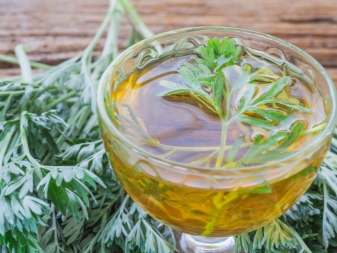
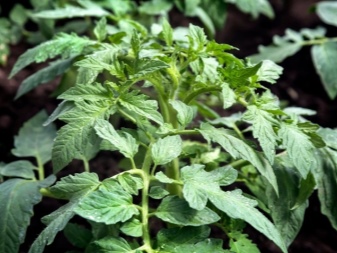
Mechanical
Treatment of plants from leafworms can also be carried out mechanically: collect caterpillars by hand and destroy them. This operation is similar to the removal of the Colorado potato beetle. Mechanical "cure" is good in the early stages, as soon as unwanted insects have been spotted. Sometimes their population is not very large, and this method may well be working.
Prevention measures
Preventive methods are very simple. Leafworms settle on weak or diseased trees and plants. Therefore, you should not allow this on your site. Each plant must be closely monitored.
- Shrubs it is enough to weed on time, and also, if necessary, to feed and water. But it must be remembered that an excess of minerals is just as bad as a lack of them.
- Fruit and barren treesthat are in your possession should be trimmed to avoid a very dense crown.
- You can also use some chemicals that are specially created for preventive treatments.
The presence of a leafworm population on the site can lead to the death of plants. Many means can be used to remove parasites, but it is better to prevent their appearance and take preventive measures.
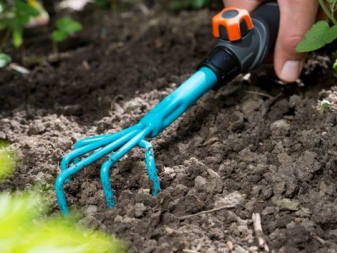
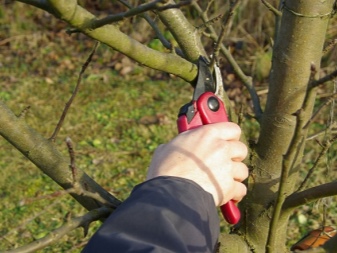
In the next video, you are waiting for the protection of grapes from the grape leafworm.













The comment was sent successfully.